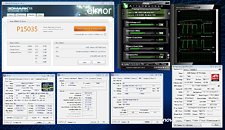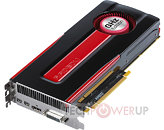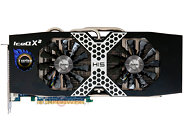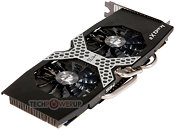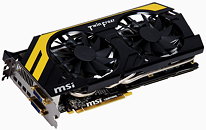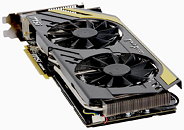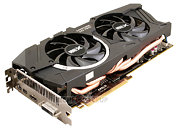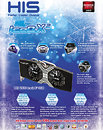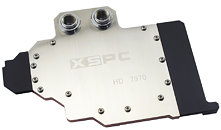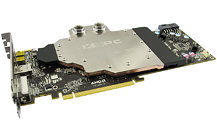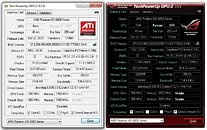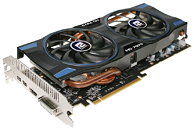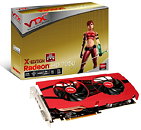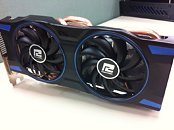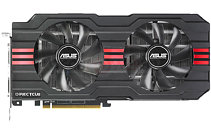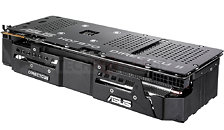
MSI Radeon HD 7970 Lightning Overclocked to 1800 MHz Core, 7.70 GHz Memory
If you thought MSI made too much song and dance about the product design of its R7970 Lightning, particularly the GPU Reactor module, think again. When augmented with liquid nitrogen cooling, the card has the electrical muscle required to sustain 1.7V, and facilitate a staggering 1800 MHz core clock speed, with 1925 MHz memory (7.70 GHz GDDR5 effective), churning out a gargantuan memory bandwidth of close to 370 GB/s, all thanks to the genius of Swedish proverclocker Elmor.
This R7970 Lightning on 'roid-rage was stable enough to bag a 3DMark 11 (performance preset) score of P15035 points. The rest of the test-bed consisted of an Intel Core i7-3960X Extreme Edition six-core chip clocked at 5207 MHz, with 4 GB (4x 1 GB) DDR3 memory clocked at 2314 MHz, and MSI Big Bang XPower II motherboard, to seat it all. Perhaps this is an indication that AMD Radeon HD 7900 can work wonders on potent non-reference designs, such as MSI's R7970 Lightning.
This R7970 Lightning on 'roid-rage was stable enough to bag a 3DMark 11 (performance preset) score of P15035 points. The rest of the test-bed consisted of an Intel Core i7-3960X Extreme Edition six-core chip clocked at 5207 MHz, with 4 GB (4x 1 GB) DDR3 memory clocked at 2314 MHz, and MSI Big Bang XPower II motherboard, to seat it all. Perhaps this is an indication that AMD Radeon HD 7900 can work wonders on potent non-reference designs, such as MSI's R7970 Lightning.
